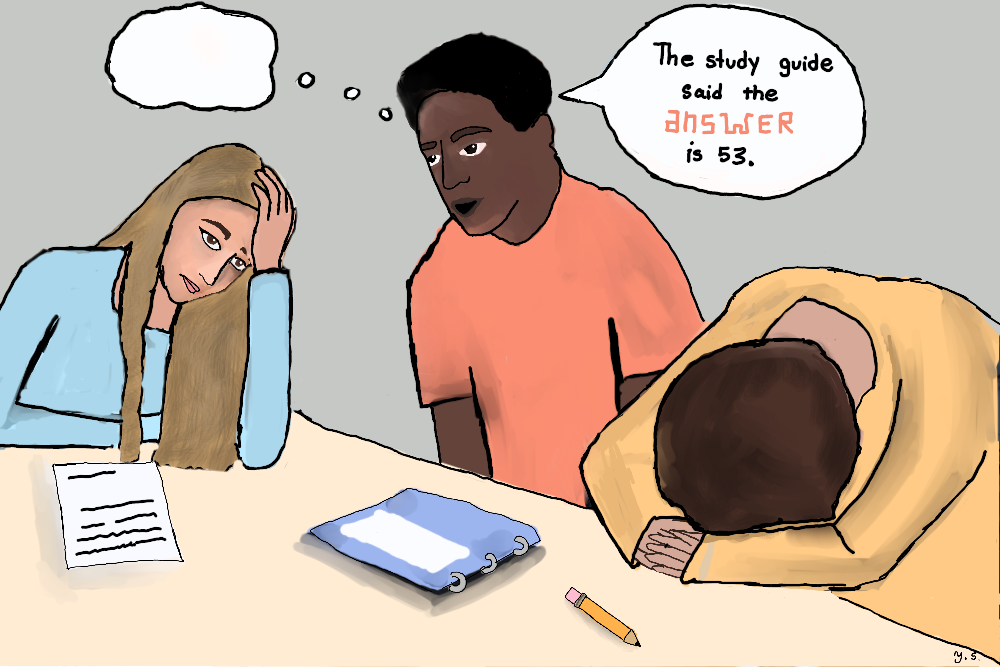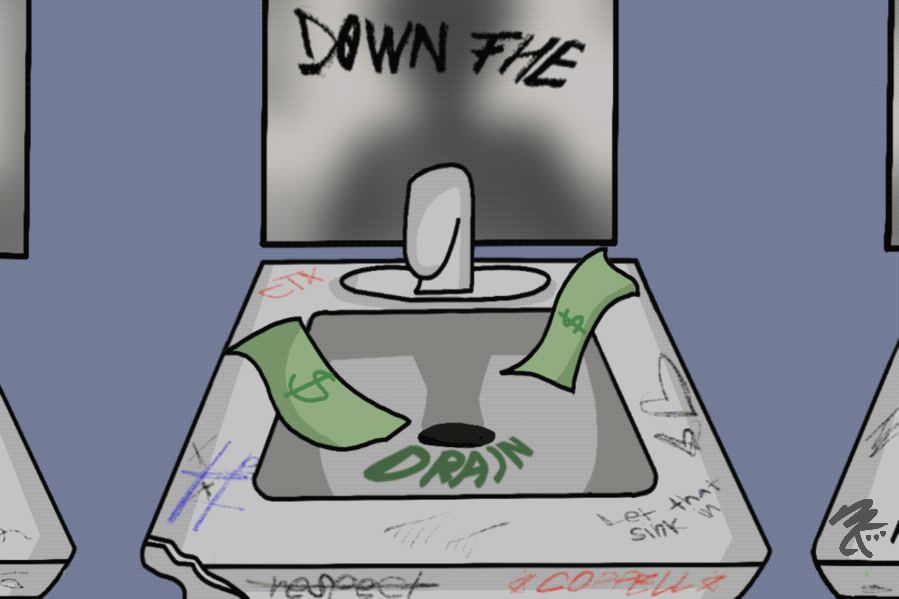Maddie Walters
Staff Writer
Once again, I find myself riding proudly atop the feminist wagon brandishing works of literature and fiery sermons on the evils of Twilight and other forms of misogynistic fictions. This time, however, the topic is one of my great loves, teen magazines.
It might seem strange that I, a person so morbidly against anything even coming close to sexism, could have such an intense fascination with Teen Vogue. This magazine is one of the many popular teen periodicals available for girls ages 10 through 18 to enjoy and divulge their girlish fantasies. Unfortunately, I must admit I participate more often than I would like to.
But with that confession in mind, I would like to make my rather valid point. Teen magazines are not the greatest. They might be the worst tool used in the degradation of the womanly figure and character.
As much as I hate to sound like a conspiracy theorist, studies suggest my claim is correct.

According to Rose M. Kundanis, author of Children, Teens, Families and Mass Media: The Millennial Generation, “Magazines, not television, seem to have the strongest relationship to eating disorders.” Additionally, in the fall of 2002 Teen Magazine released a report stating that 35 percent of U.S. girls 6 to 12 years old have been on at least one diet, and that among normal-weight girls 50 percent to 70 percent consider themselves overweight.
There is no doubt the amount of advertising emphasizing the female figure in a toned, athletic and sometimes too skinny state has created an era of women who are more concerned about their bodies than in any previous century. And while health nuts can argue the U.S. has a larger percentage of obese children than any other country, does that make this female phenomenon justifiable?
The fact is girls as young as 6 don’t consider themselves pretty enough. Dove created the Campaign for Real Beauty which includes advertisements, videos, workshops, sleepovers, a book and the production of a play to help young women across the country focus on their inner beauty. Oprah Winfrey has also made this topic the highlight of her shows on more than one occasion. Seemingly, a message is being sent that what teen magazines promote is not okay.
And while I wish this controversy could merely be written off, it’s by far too serious to be taken lightly. If there science wasn’t there to support these claims, I wouldn’t be making them. I believe teen magazines can be used to promote creativity in fashion, photography and writing. However, for the girls out there who discover bulimia at too young an age, is the creativity really worth it?
I used to look at the models in fashion magazines and think, “Wow, I will never be able to look that way”, and then wonder if there was something wrong with me for being 5-4 and having an average BMI (Body Mass Index). I’ve learned since that tender age that there is some worth to the term “inner beauty” and just because I will never be the next Heidi Klum doesn’t mean I’m not beautiful in my own way.
I am not saying we should all rush to grocery and drugs stores and burn Seventeen magazines for the betterment of younger generations, I’m just encouraging you to think about the consequences that can result from those flippant, supposedly attention grabbing headlines next time you’re in the checkout line.
Read the other side of the story, “Teen magazines aren’t so bad”, here.








